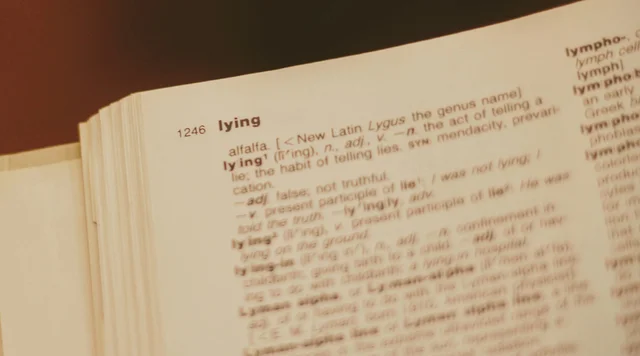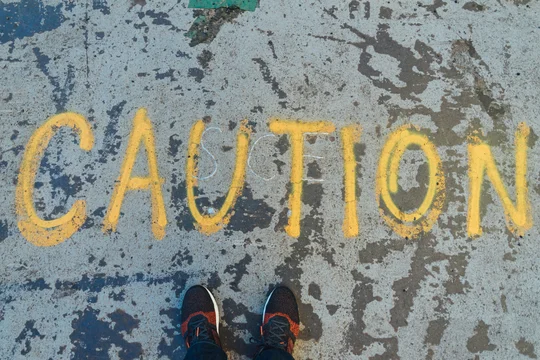
By default, patent cases in Delaware are typically scheduled for a five-day jury trial in the initial scheduling order. Sometimes, however, it seems that parties don't give any further thought about what the actually means until they need to file a pretrial order much later in the case.
Delaware jury trials are strictly timed. Those who are less familiar with how jury trials typically go may expect that they'll have more time than they really will. A simple back-of-the-envelope calculation by someone who is not in-the-know might be:
40 hours per week / 2 sides = 20 hours per side
That would be wrong. The actual, practical number of hours per side for a five-day patent jury trial in Delaware is around 10-12 hours per side total, as Judge Stark explained earlier this week week:
The parties' joint request for 20 hours per side for their trial presentations [for a five-day trial] is DENIED. Each side will instead be allocated a maximum of 12 hours at trial, to be divided however a party wishes . . . . The Court recognizes that there are a lot of issues to be presented to the jury, including infringement (literal and doctrine of equivalents, direct and indirect) of the asserted claims of four patents (including one design patent) by at least three products, as well as invalidity and (potentially) willful infringement and damages. Nonetheless, the Court is confident that the amount of time it is providing is reasonable and adequate and will allow the parties to make appropriate (and likely more effective) presentations than they would in a longer period. This matter has been scheduled for a five-day trial since May 2021 . . . , and the parties (represented by regular practitioners in this Court) must have understood that, as concerns the undersigned Judge, a one-week jury trial typically equates to approximately 10-12 hours per side.
SZ DJI Tech. Co. v. Autel Robotics USA LLC, C.A. No. 16-706-LPS (D. Del. Aug. 4, 2021). Twelve hours per side for a five-day jury trial is not an uncommon number, including for post-COVID trials; Judge Noreika ordered the same amount recently in TRUSTID, Inc. v. Next Caller Inc., C.A. No. 18-172-MN, D.I. 264 (D. Del. June 29, 2021).
Trial Time Calculations Explained
How do the 40 hours in a business-day a week turn into just 10-12 hours per side? The calculation is actually pretty straightforward.
The Court most often brings the jury in from around 9:00 am until 4:30-5:00 pm, depending on the judge. That’s about 7.5-8 hours per day. The jury also gets 15 minute breaks in the morning and the afternoon, and at least 30 minutes to an hour for lunch (more often an hour), again depending on the judge.
That leaves, at most, 6.5 hours in a typical trial day, although often in practice it will be between 5.5 and 6.5 hours of jury time per trial day.
So, optimistically, you can estimate 5.5-6.5 hours per trial day times five days = 27.5-32.5 hours of trial time for the parties, right? No.
Some of that time will be lost, e.g., in days that end a bit early because it doesn’t make sense to start the next activity (moving to the next witness, moving to closing arguments, etc.), or for juror issues, breaks that run long, or various other reasons. Leaving at least half an hour for lost time brings the total to 27-32 hours.
But wait! The Court also has to allow time for jury selection and jury deliberation (maybe a day total, although the time needed for jury selection varies a lot depending on the judge) and preliminary and final jury instructions (maybe 1-2 hours total, even if it often feels like a lot longer as the instructions are read).
That takes the total available time down to around 19-24 hours total for the week. Divide that by two and round to the nearest hour and you get 10-12 hours per side, exactly as Judge Stark sets forth in his order.
If you enjoyed this post, consider subscribing to receive free e-mail updates about new posts.






